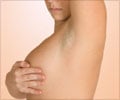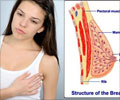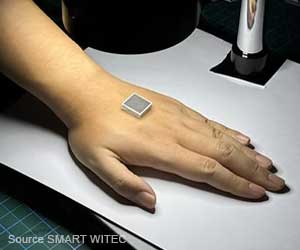Researchers have developed a new device for women that may result in more comfortable mammography.
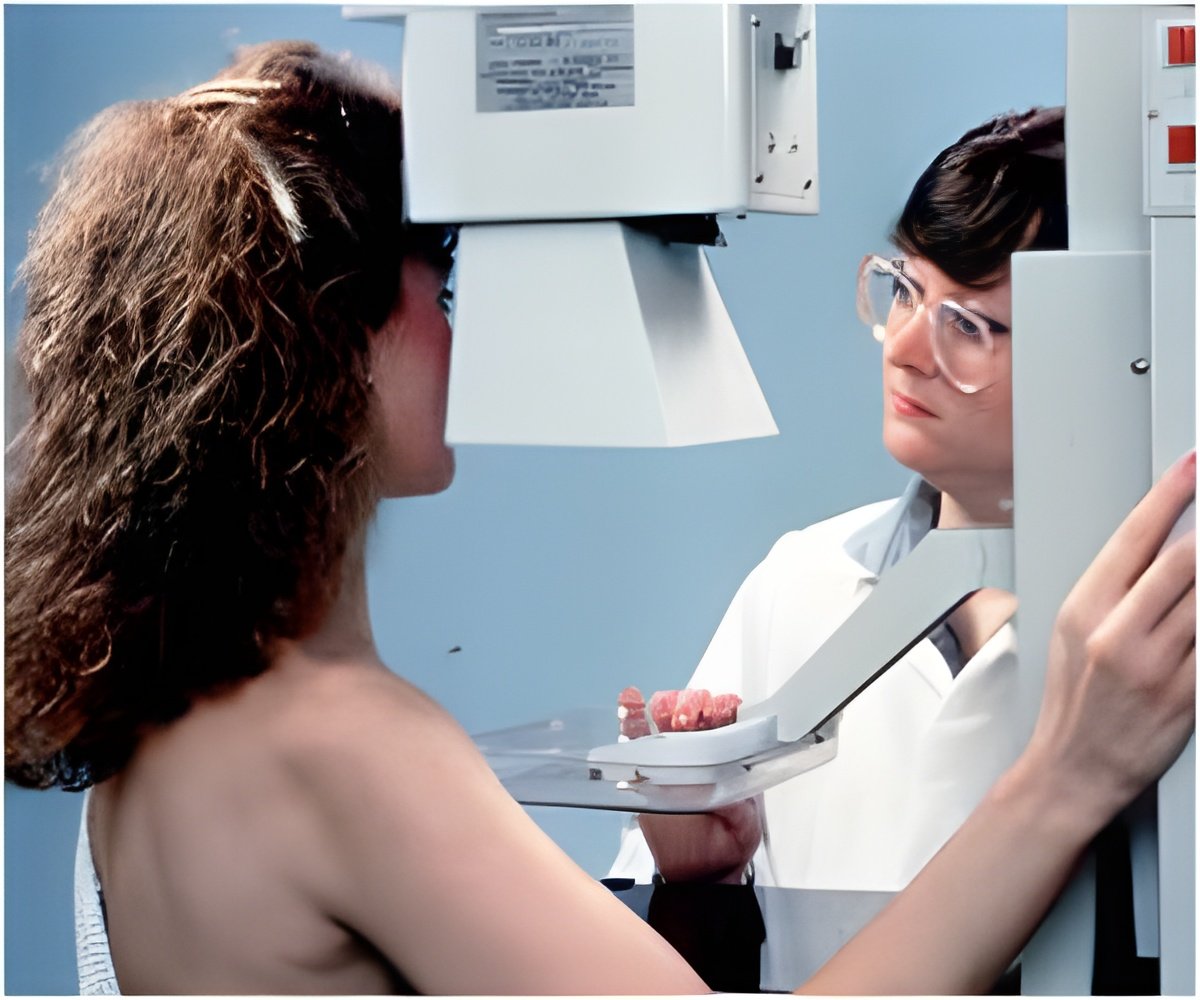
Compression of the breast is necessary in mammography to optimize image quality and minimize absorbed radiation dose. However, mechanical compression of the breast in mammography often causes discomfort and pain and deters some women from mammography screening.
An additional problem associated with compression is the variation that occurs when the technologist adjusts compression force to breast size, composition, skin tautness and pain tolerance. Over-compression, or unnecessarily high pressures during compression, is common in certain European countries, especially for women with small breasts. Over-compression occurs less frequently in the United States, where under-compression, or extremely low applied pressure, is more common.
"This means that the breast may be almost not compressed at all, which increases the risks of image quality degradation and extra radiation dose," said Woutjan Branderhorst, Ph.D., researcher in the Department of Biomedical Engineering and Physics at the Academic Medical Center in Amsterdam.
Overall, adjustments in force can lead to substantial variation in the amount of pressure applied to the breast, ranging from less than 3 kilopascals (kPa) to greater than 30 kPa.
Dr. Branderhorst and colleagues theorized that a compression protocol based on pressure rather than force would reduce the pain and variability associated with the current force-based compression protocol. Force is the total impact of one object on another, whereas pressure is the ratio of force to the area over which it is applied.
Three of the four compressions for each participant were standardized to a target force of 14 dekanewtons (daN). One randomly assigned compression was standardized to a target pressure of 10 kPa.
The study's implications are potentially significant, Dr. Branderhorst said. There are an estimated 39 million mammography exams performed every year in the U.S. alone, which translates into more than 156 million compressions. Pressure standardization could help avoid a large amount of unnecessary pain and optimize radiation dose without adversely affecting image quality or the proportion of required retakes.
"Standardizing the applied pressure would reduce both over- and under-compression and lead to a more reproducible imaging procedure with less pain," Dr. Branderhorst said.
The device that displays average pressure is easily added to existing mammography systems, according to Dr. Branderhorst.
"Essentially, what is needed is the measurement of the contact area with the breast, which then is combined with the measured applied force to determine the average pressure in the breast," he said. "A relatively small upgrade of the compression paddle is sufficient."
Further research will be needed to determine if the 10 kPa pressure is the optimal target.
The researchers are also working on new methods to help mammography technologists improve compression through better positioning of the breast.
Source-Eurekalert
 MEDINDIA
MEDINDIA
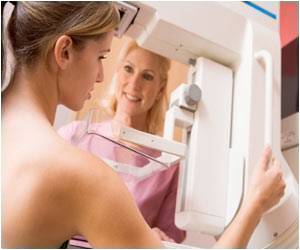


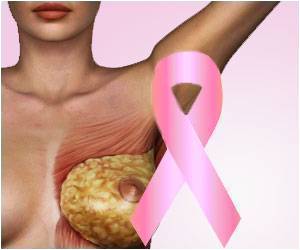
 Email
Email


